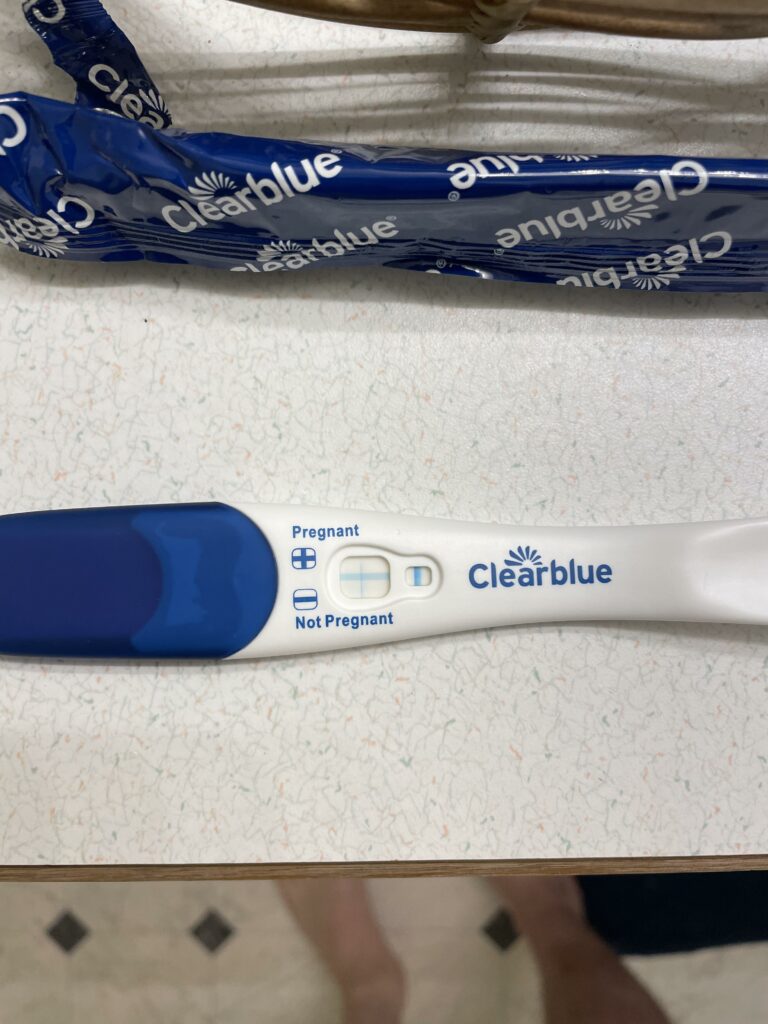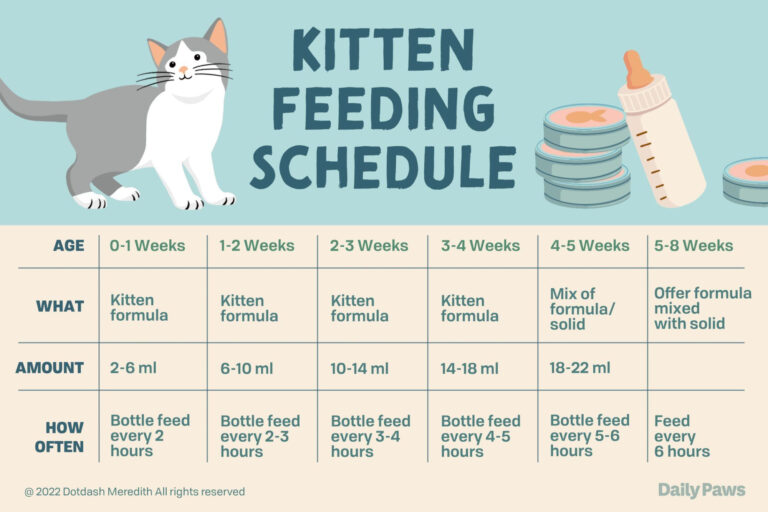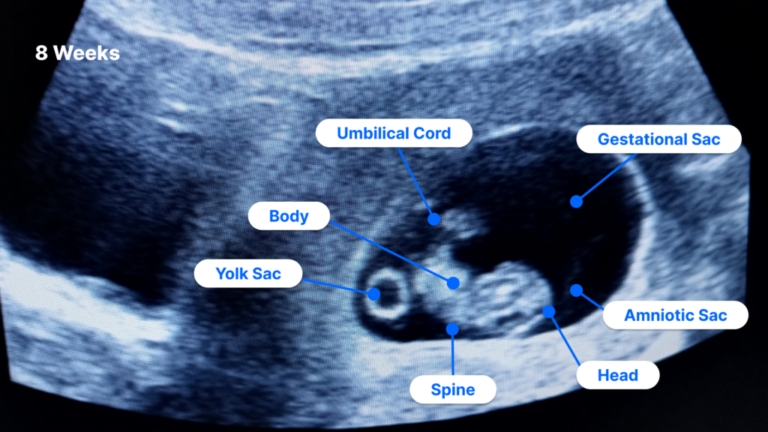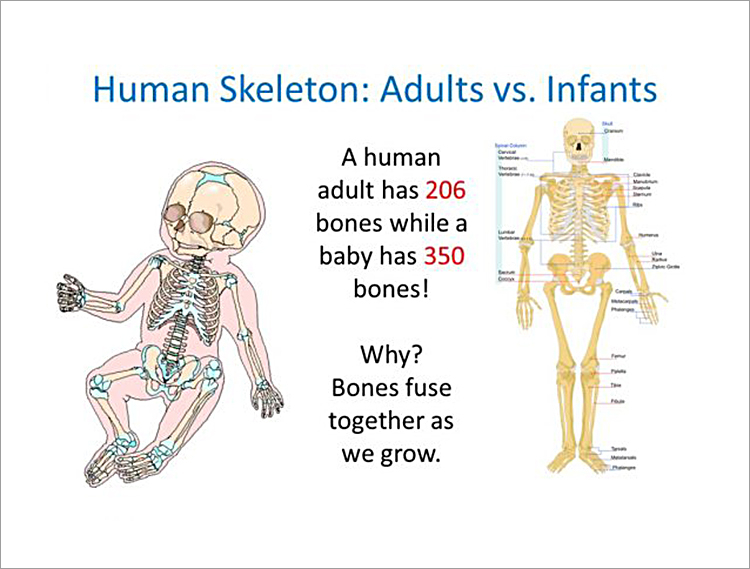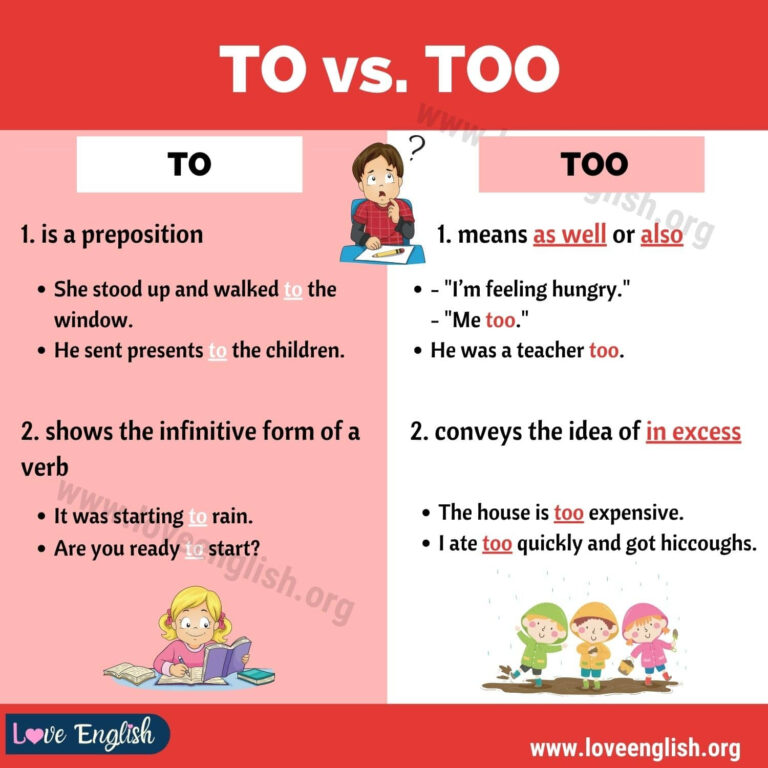Good Bottles For Newborns: A Comprehensive Guide for Parents
Feeding a newborn is a crucial aspect of their care and well-being. Choosing the right bottle can significantly impact their feeding experience and overall health. This guide provides comprehensive information on good bottles for newborns, exploring essential features, types, materials, and safety considerations. We’ll also cover tips for selecting the most suitable bottle, proper cleaning and sterilization techniques, troubleshooting common bottle-feeding issues, and additional considerations to ensure a successful bottle-feeding journey.
Understanding the unique needs of newborns is essential when selecting a bottle. Their immature digestive systems require specific nipple flow rates and bottle shapes to prevent overfeeding and gas. Different types of bottles, such as anti-colic, wide-neck, and disposable, cater to various feeding preferences and baby’s health conditions.
Good Bottles For Newborns
/81KA-IfngL._SL1500_-5abcf74d8023b900360c2582.jpg?w=700)
Picking the right bottle for your newborn can be a daunting task. With so many different options on the market, it can be hard to know where to start. But don’t worry, we’re here to help. In this article, we’ll go over some of the best bottles for newborns, so you can make an informed decision.
What to Look for in a Newborn Bottle
- Size: Newborn bottles typically hold between 2 and 4 ounces of milk.
- Shape: Bottles come in a variety of shapes, but the most common are straight, angled, and wide-neck bottles.
- Nipple: The nipple is the part of the bottle that your baby will suck on. It’s important to choose a nipple that is the right size and shape for your baby’s mouth.
- Material: Bottles can be made from a variety of materials, including plastic, glass, and stainless steel.
- Features: Some bottles have special features, such as anti-colic valves or flow-control nipples.
The Best Bottles for Newborns
- Dr. Brown’s Options+ Wide-Neck Bottle: This bottle is a great choice for newborns because it has a wide neck that makes it easy to fill and clean. It also has an anti-colic valve that helps to reduce gas and colic.
- Comotomo Natural Feel Baby Bottle: This bottle is made from soft, silicone material that mimics the feel of a mother’s breast. It has a wide neck and a slow-flow nipple that is perfect for newborns.
- Philips Avent Natural Baby Bottle: This bottle is designed to mimic the shape of a mother’s breast, which can help to make it easier for babies to latch on. It also has a wide neck and a slow-flow nipple.
- MAM Anti-Colic Bottle: This bottle has a unique design that helps to reduce gas and colic. It also has a wide neck and a slow-flow nipple.
- Tommee Tippee Closer to Nature Bottle: This bottle is made from BPA-free plastic and has a wide neck that makes it easy to fill and clean. It also has a slow-flow nipple that is perfect for newborns.
FAQ Section
What is the best material for newborn bottles?
The choice of material depends on individual preferences and safety considerations. Plastic bottles are lightweight and affordable, but they may contain BPA. Glass bottles are durable and BPA-free, but they can be heavier and more fragile. Stainless steel bottles are durable and BPA-free, but they may be more expensive.
How often should I clean and sterilize newborn bottles?
Newborn bottles should be cleaned and sterilized after each use to prevent bacterial growth. Manual cleaning with hot soapy water and a bottle brush is effective, or you can use an electric sterilizer.
How can I prevent gas and colic during bottle-feeding?
Anti-colic bottles are designed to reduce air intake during feeding, which can help prevent gas and colic. Burping the baby frequently during and after feeding can also help release trapped air.
What are the signs of nipple confusion?
Nipple confusion occurs when a baby has difficulty transitioning between different types of nipples, such as bottle and breast. Signs of nipple confusion include fussiness, difficulty latching, and spitting up.

